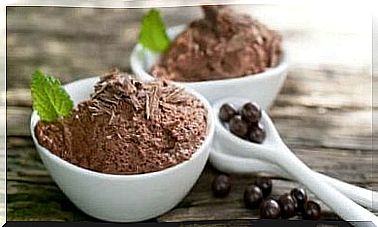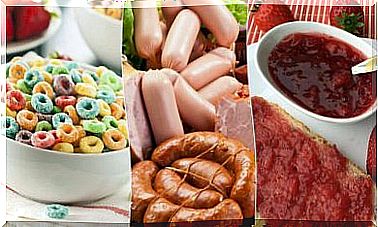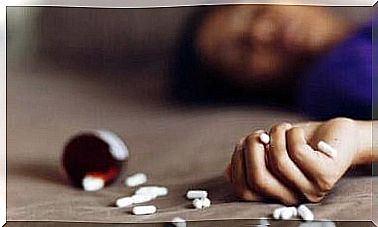Diet For Gastritis
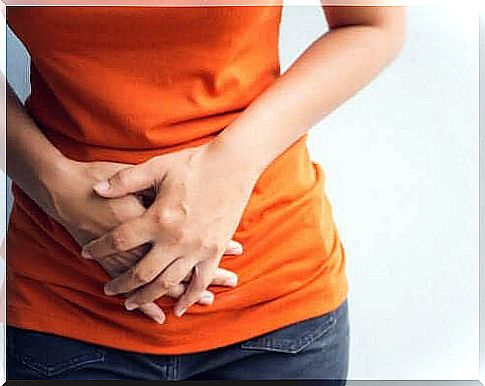
Gastritis is an inflammation of the stomach wall that causes the sufferer discomfort, heartburn, and even nausea and vomiting. People with chronic gastritis tend to even be afraid to eat to avoid the malaise caused by inflammation. Therefore, in this article, we will give you advice on what kind of diet is suitable for the treatment of gastritis and how proper eating habits can alleviate the symptoms of gastritis.
Keep reading and learn more!
What factors cause gastritis?

One of the most common causes of gastritis is an infection caused by a bacterium called Helicobacter pylori. In developed countries, this bacterium can infect up to 50 percent of the population, although only 15 percent of them develop gastritis.
This, in turn, suggests how both genetic and environmental factors, such as food and smoking, greatly influence its emergence. In any case, this is not the only cause of gastritis, but many other factors can also lead to its development, such as:
- Continuous and long-term use of certain medications, such as non-steroidal anti-inflammatory drugs (NSAIDs), such as aspirin or ibuprofen.
- Use of excessive alcohol, tobacco or drugs.
- Some autoimmune diseases, such as pernicious anemia.
- Stress or high anxiety, as it increases the secretion of stomach acids and causes so-called functional dyspepsia.
- Excessive consumption of rich, very heavy or spicy foods.
What kind of diet is suitable for the treatment of gastritis?
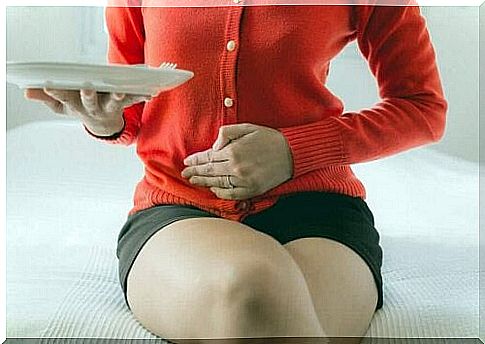
A diet for the treatment of gastritis consists of nutritious and healthy ingredients, with a focus on those foods that each patient feels best affect the well-being of the stomach. In addition, foods and beverages that may be harmful or irritating should be avoided.
A diet for the well-being of the stomach makes it possible to both improve digestion, reduce the pain caused by gastritis and thus also reduce the inflammatory state and stomach discomfort. In addition, it is important to remember that in the treatment of gastritis, regular medical check-ups and adherence to the treatment prescribed by a doctor are always essential.
General dietary recommendations for the treatment of gastritis
The following dietary guidelines should be considered when planning and building a diet for the treatment of gastritis:
- Meals should be as light as possible: If necessary, you can eat more often, but try to stop eating before you feel too full.
- Take advantage of foods recommended for stomach well-being: These include potatoes, rice, carrots, pumpkin, boiled cabbage, apple, ripe banana and olive oil.
- Soft cooking methods: Prefer preferably steamed, boiled and pureed food as well as soups and broths. Avoid fried, deep-fried, roasted, and very dry or lightly cooked foods.
- Do not eat food or drinks too hot.
- Drink water throughout the day.
Dietary suggestions for the treatment of gastritis
Keep in mind that this diet can help you reduce the symptoms caused by gastritis, but it will not help cure inflammation.
For breakfast
- Skimmed or skimmed milk and yoghurt.
- White bread with jam / biscuits / two slices of white bread and a slice of turkey.
- 1 tablespoon white skimmed cheese (for example cottage cheese).
As a snack
- Roasted fruit or fruit puree / peach, apple or grape juice / soft fruit recommended for gastritis, such as banana.
For lunch
- For starters: Zucchini puree / boiled potatoes and chard / rice and vegetables / macaroni and boiled ham with zucchini and eggplant.
- Main course: Grilled chicken legs without skin / grilled beef / boiled or fried hake / whiting or other white fish.
- For dessert: Ripe banana / peach / roasted pumpkin / curd or cottage cheese with sugar or jam / homemade chives made from skim milk.
As a snack
- Herb stew seasoned with sugar and with biscuits / natural yoghurt / small fruit.
For dinner
- For starters: Boiled green beans, carrots and potatoes / puree / chicken noodle soup / potatoes and herbs.
- Main course: Grilled chicken breast and steamed potatoes / grilled york ham / grilled tongue and carrot / oven-baked halibut or other white fish / eggplant with zucchini.
- For dessert: Roasted apple / ripe pear / cream cheese and quince / vanilla pudding.
Note: As you can see, in a diet for gastritis, the proportion of fiber may be slightly lower, and if you want to improve digestive function, you can add digestive herbs to your diet.
Finally, it is worth remembering that the diet should not be restricted more than necessary. So you can follow the meal options given above, but at the same time you should keep in mind your own personal tolerances. For example, if you’ve found that a particular ingredient mentioned in the meal options listed above isn’t right for your stomach, you don’t have to add it to your diet. It would be best for you to build a diet on your own stomach terms and listen to what foods it likes and what it doesn’t.
In addition, it is important that you strive to make your diet as diverse and comprehensive as possible within your constraints. In addition to eating plenty of vegetables and fruits, it is important that you eat enough protein, carbohydrates and fiber, as well as vitamins and minerals that are important for your body to function. In this sense, your doctor or nutritionist can help you. And last but not least, if and when you notice your stomach well-being improving, you can start adding more options to your diet gradually, of course, always listening to your stomach.


